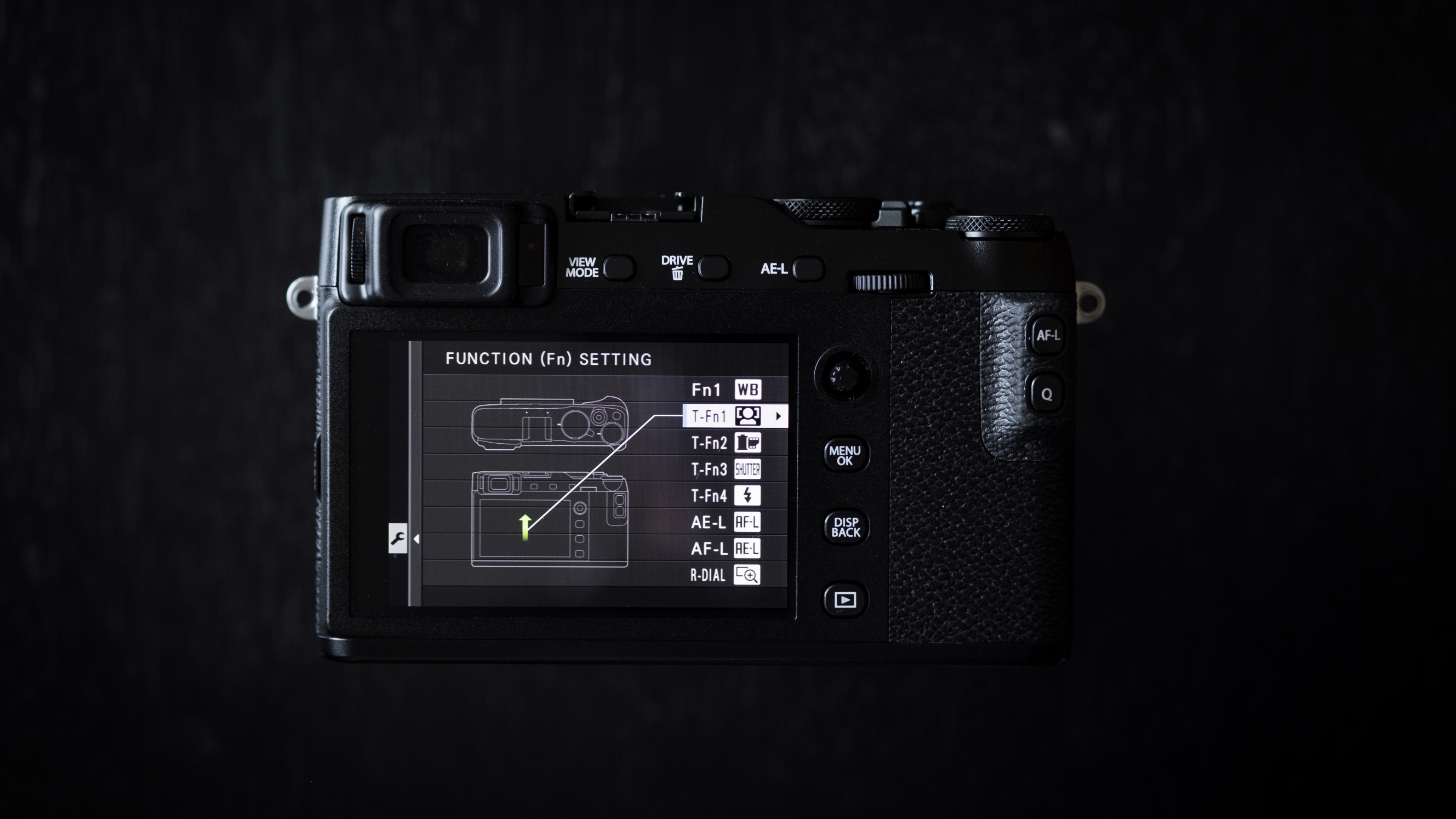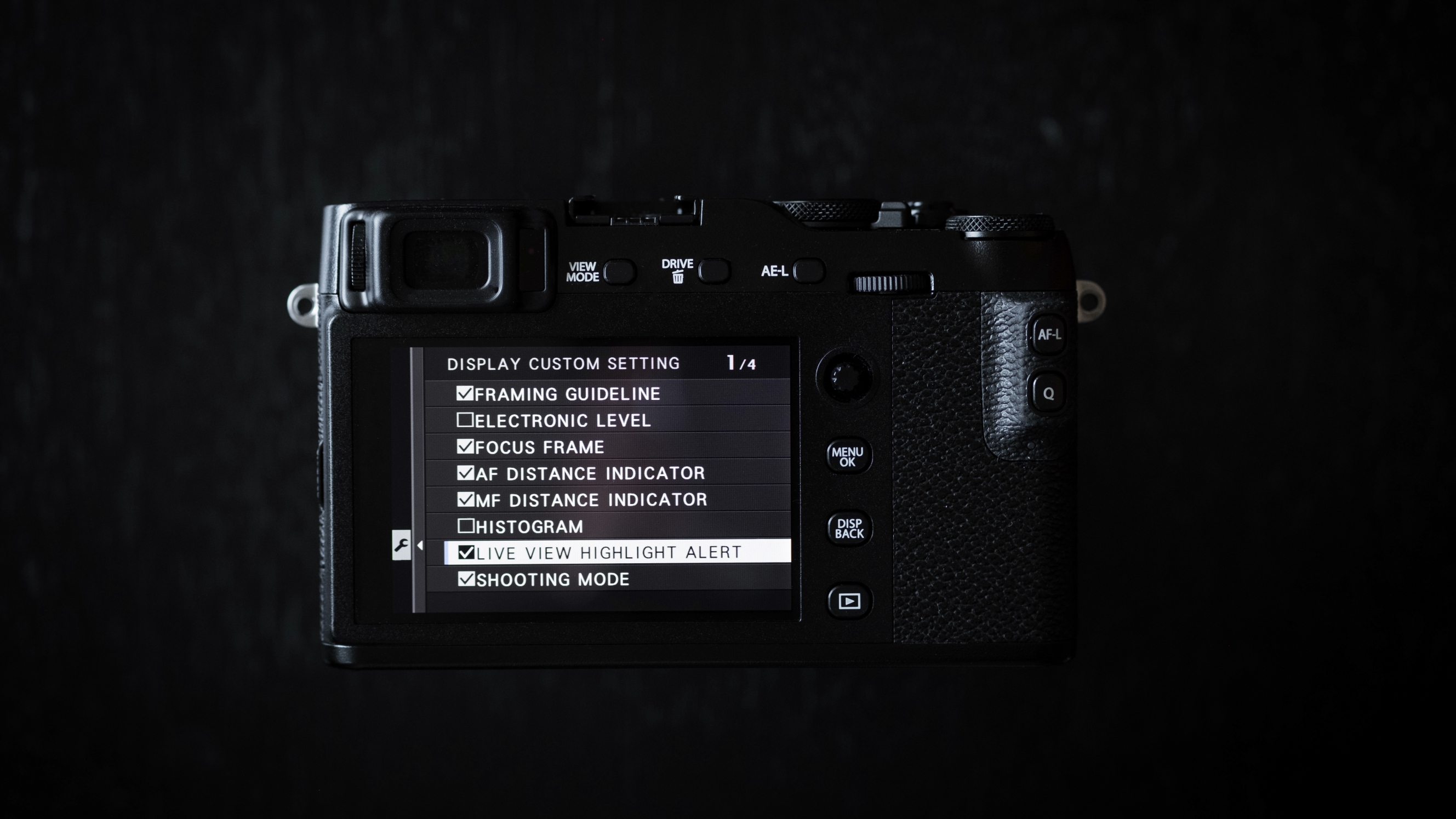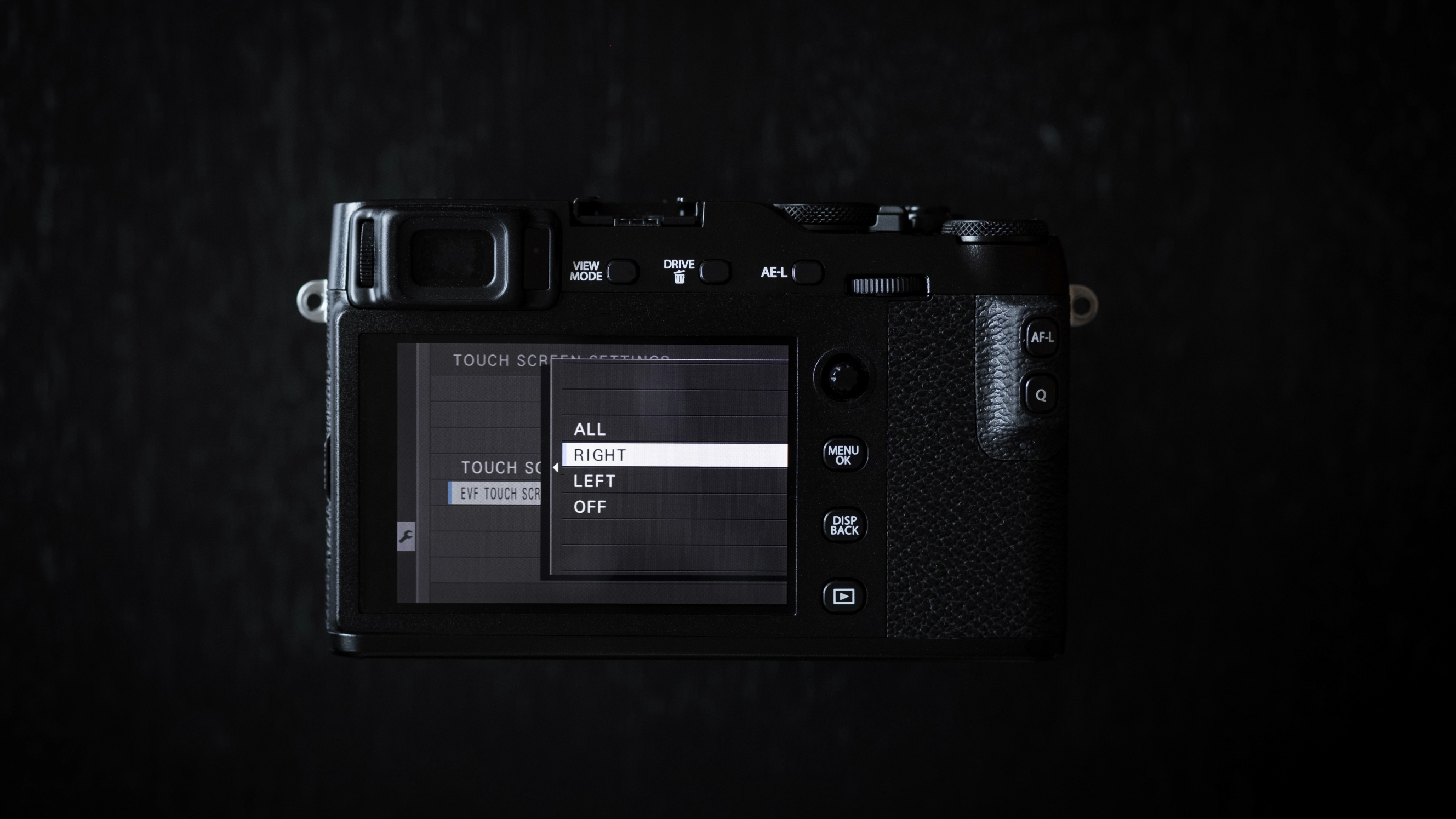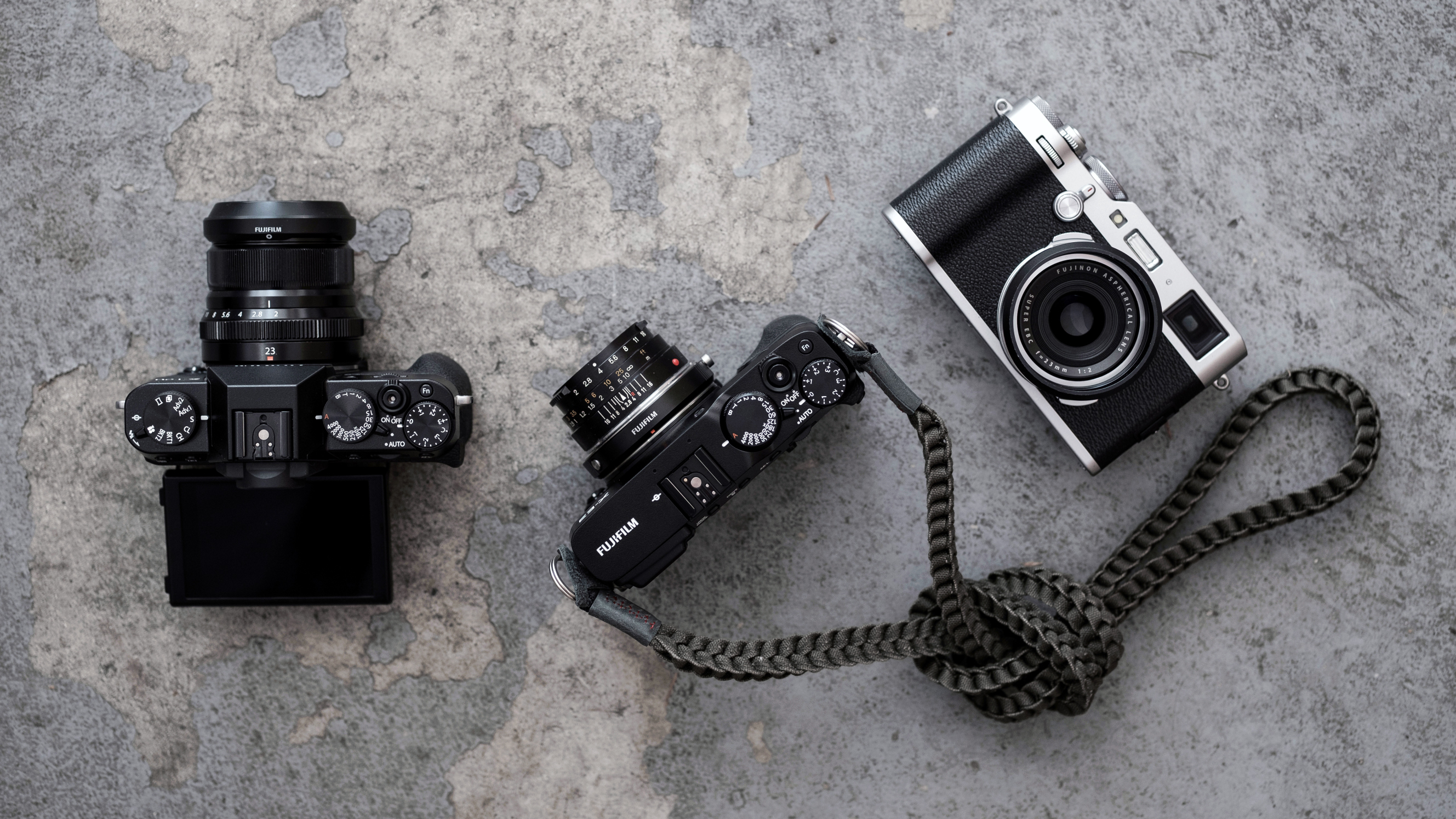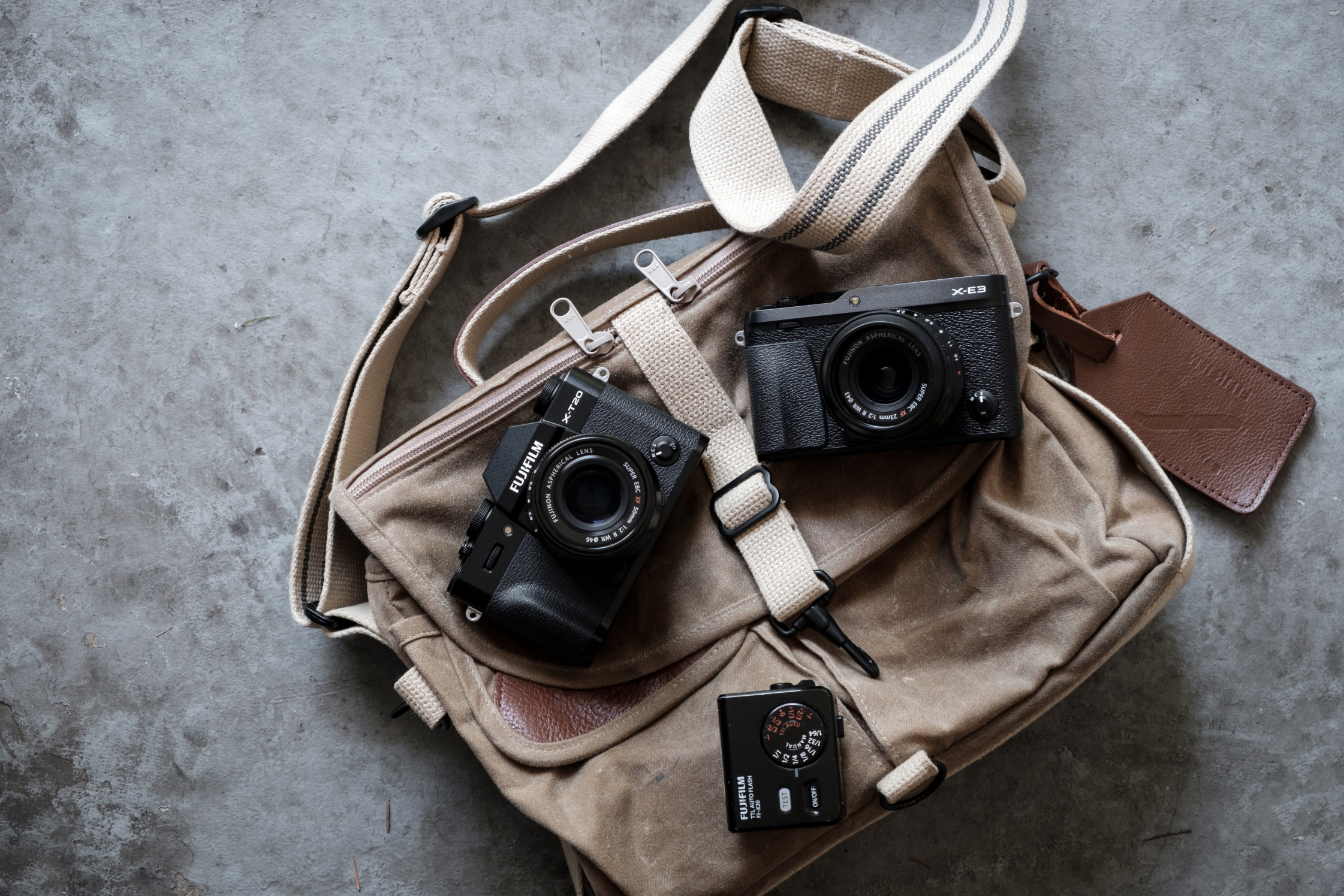Ever since the X-Pro2 was announced on January 15th 2016, I was wondering how long it would take for the latest sensor and processor to make its way into the X-E series. I have a soft spot for the X-E1. It was the first camera I ever reviewed for Fujifilm Canada. The X-T2 was the next logical update, but I was surprised when the X-T20 was updated before the X-E series. Oh well. Now that the new X-E3 is finally here, there’s no need for speculation about what features it will have or not have. As predicted by most, no articulating screen, and no IBIS (In Body Image Stabilization). What I am surprised about is the loss of the famous pop-up bounce flash, the lack of a d-pad and the inclusion of both a joystick and touch screen. Let’s first go over the major features of the new X-E3, and then compare it against the X-T20 and the other X series cameras.
- 24.3MP APS-C X-Trans CMOS III sensor and high-performance X Processor Pro
- New touch function controls let you swipe up/down/left/right to choose Fn (function) setup which you can use even while looking through the viewfinder for real-time composition
- Bluetooth v. 4.0 enables faster pairing with Wifi and automatically transfers images in playback mode
- Ultra HD 4K (29.97 fps) video at 100Mbps for amazing movie quality with minimal moiré and artifacts
- New auto focus algorithms and AF lever (joystick) for easy control of 325 focus points
- 2.36M-dot organic EL electronic viewfinder (0.39″, 0.62x mag, 17.5mm eye point)
- Advanced SR Auto (SR+ Auto) that instantly recognizes 58 scene types and selects the most appropriate settings
- Completely silent and fast electronic shutter (4sec to 1/32000 sec shutter speed, 15 minutes to 1/32,000 sec in manual mode)
- Up to 14fps high speed shooting when using electronic shutter (8fps with mechanical shutter) with high speed predictive auto focus
- 5 selectable AF-C Custom presets
- Manual focus mode with peak highlights and digital split image
- Live View Hightlight Alert feature
- 15 Film simulation modes including ACROS monochrome mode
- 14 Bit RAW with lossless compression and in camera processing
- ±5 EV Exposure compensation dial with third stop increments
- Ultra sonic vibration sensor cleaning system
- Shoemount flash unit EF-X8 instead of built-in pop-up flash
The X-E3 will be available in both black and silver, and will be bundled as a kit with either the XF23mm f/2 R WR or the XF18-55mm f/2.8-4 R OIS, or as body only. I think these two lenses are smart choices and I enjoyed shooting with both of these lenses on the compact X-E3 body. The XF23mm was great when I wanted a compact EDC, much like the X100F. The XF18-55mm was also good, with OIS the X-E3 was capable of decent video as well as low light photography. If someone said to recommend 1 prime and 1 zoom to match the X-E3, I would pick these two lenses.
My shooting experience with the X-E3 was mostly positive. I really like the joystick. Because there was no d-pad, you learned to depend on it heavily to navigate menus, but it was also great for choosing focus points on the fly. I found it more useful than using the touch screen to choose my focus points, although this will greatly depend on your style of photography. I didn’t miss the d-pad for menu access or navigation, but I did miss the 4 Fn buttons. Yes, Fujifilm compensated for this with the screen swiping access of 4 hidden Fn functions, but it’s not as tactile or intuitive versus having a physical button. The two most important features I moved to physical buttons: the ISO to the front command dial and white balance to the top panel Fn button. However, I did enjoy using the Q menu, as each feature was accessible and changeable using the touch feature.
Other than the previously mentioned swipe Fn features, there were a few more surprise features buried within the camera. There is a Live Hightlight Alert feature, helping to avoid clipping highlights. There’s also Bluetooth V4.0 to help with connecting via a smart device, although I was unable to test this feature. I hope this is a sign that Fujifilm will update the much ignored Remote App. Another decent feature is that the touch focus and touch Fn access is possible while using the EVF. This is something I first used on the Canon EOS M5 and thought it was a good idea, and now the X-E3 has it. If you are right eye dominant, that clears most of the screen that you can access with your right thumb to swipe while using the EVF. Although this can also be pushed to the X-T20, I don’t think it would be as effective since the EVF is dead centre of the LCD screen.
As for shooting experience, the big difference between the X-T20 and X-E3 is the articulating screen. If you have the X-T2, X-T20, GFX 50S or the X70 and you’ve come to depend on an articulating screen, the X-E3 is not for you. If you have the X-Pro2 and you’re ok without it, then you should likewise be okay with the X-E3. However, because there is no articulating screen, the camera is slightly thinner, and without the d-pad, the back is less cluttered and slightly wider (again, due to the lack of articulating screen). In fact, all the buttons and dials are on the right side, unlike the X-T20 and X-T2, allowing you to shoot with just one hand. With a smaller, thinner and lighter body, and with a smooth top panel, the X-E3 is easy to carry around all day and not feel it, much like the X100F. The X-T20 isn’t a large camera, but comparing these two, I prefer the X-E3 for smooth transition from in and out of a bag, or carrying cross body all day.
Some may lament the loss of the built-in pop-up flash from the previous X-E bodies. It was pretty unique, as you could bounce it by tilting the flash backwards. You do get an included hot shoe flash, but it looks awkward and it runs off the power from the body, which isn’t ideal. The X-T20 has a built in pop-up flash, which for some is a must have feature. For me, I don’t like using built-in flashes as it drains battery from the camera. I always carry an external flash, so it’s not a big deal for me, but maybe it is for you? That is another consideration.
Because the sensor and processor is exactly the same as the X-T20, the features are almost identical. 4K video, custom AF continuous, touch focus, same top shutter speeds and continuous shooting. Even the I/O connections (USB 2.0, Micro HDMI, 2.5mm microphone/remote jack, etc.) are the same, although the X-E3 has a couple of extra connectors in the hotshot to accommodate the powering of an external flash unit. However, the shooting experience is very different. When shooting the the X-T20, it felt like a mini X-T2. Likewise with the X-E3. It felt like I was shooting with a compact version of the X-Pro2. Even the rounded rectangular buttons look like those on the X-Pro2 (the X-T2 and X-T20 use completely round buttons). Yes both the X-E3 and X-T20 have the exact same EVF, but the positioning of the EVF makes a big difference to your shooting style. Especially if you’re right eye dominant, you’ll enjoy shooting with the X-E3. There’s lots of space for your right thumb to roam, including accessing the swipe and touch features on the LCD while using the EVF. The EVF on the X-T20 also protrudes up (DSLR-like hump) and out the back, making it less comfortable carrying it against your body or taking it in and out of a camera bag. Also, the joystick is something you get so use to and hard to live without. After shooting with the X-E3, my hand automatically looked for the joystick on the X-T20. It felt naked.
However, with these small ergonomic advantages going to the X-E3 (with the big advantage of a joystick) is it worth the loss of 4 physical Fn buttons and lack of an articulating screen? Remember, much of the new touch and swipe features on the X-E3 can easily be put into the X-T20, so there’s no real argument there. So it comes down to this: joystick or articulating screen? Which can’t you live without? For me, I say joystick is where it’s at, as well as the ergonomic advantage of more space. I miss the 4 physical buttons though, and the articulating screen is great for video and studio work. Another design consideration: DSLR or rangefinder form factor? Again, it comes down to your shooting style and aesthetic preference.
For my style of photography, I found that I worked faster with the X-E3. The X-T20 is good, but I can live without the articulating screen for a stills camera. Comparing it to the X100F, that would be a much harder choice. The X100F is a looker, there’s no doubting that. More than that, I’m a huge daylight flash shooter, so having the leaf shutter is almost a must for me. I’ve only been shooting with the X-E3 for a week, so I have not made a final decision, but so far I am more impressed with it than disappointed. It fits nicely within Fujifilm’s ecosystem, and a great option for those looking at buying the X-T20 and X100F. It sits right in the middle of these two great cameras. Which you choose is totally up to you and your photographic and video priorities. Stay tuned for more tests and thoughts on the new Fujifilm X-E3. Thanks for reading and happy shooting.



